“The land loves us back.”
Robin Wall Kimmerer, author of Braiding Sweetgrass: Indigenous Wisdom, Scientific Knowledge and the Teachings of Plants
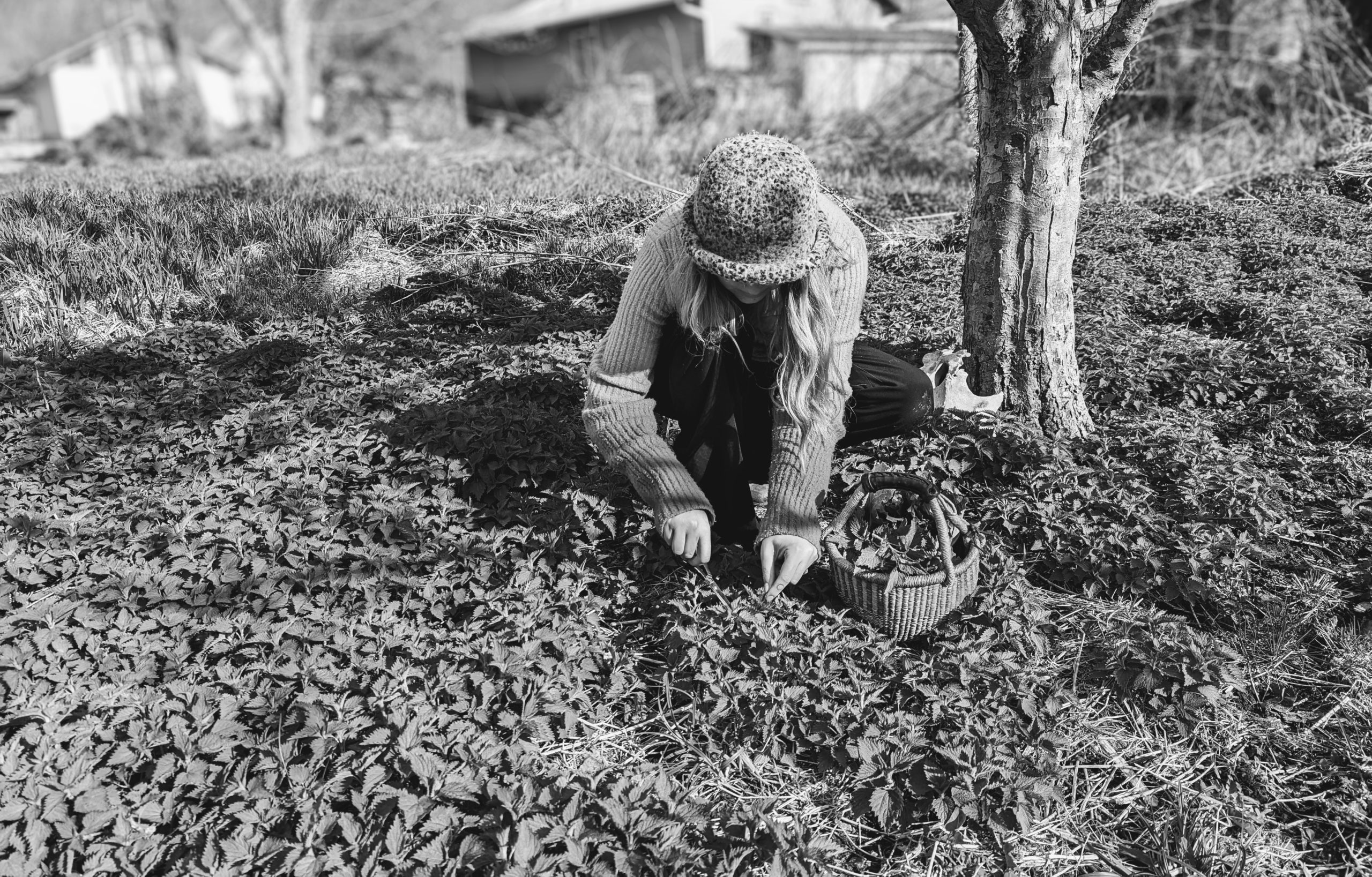
It’s easy to look around at the world today through the lens of a million telescopic eyes pointed in a million directions and see our capacity to do harm. It is clear we humans have the power to destroy, to degrade, to strip dignity and peace and rightness away like the delicate skins of an onion until there is nothing left but the defenseless, white heart of rage. In a million ways we can calculate and quantify and weigh out the harm we have done, can do, are doing, to each other, to our home, to unborn generations tucked away sleeping in the darkness. Each day I feel I must lather my heart in dish soap so that the suffering of the world can slip off. Is this selfish or wise?
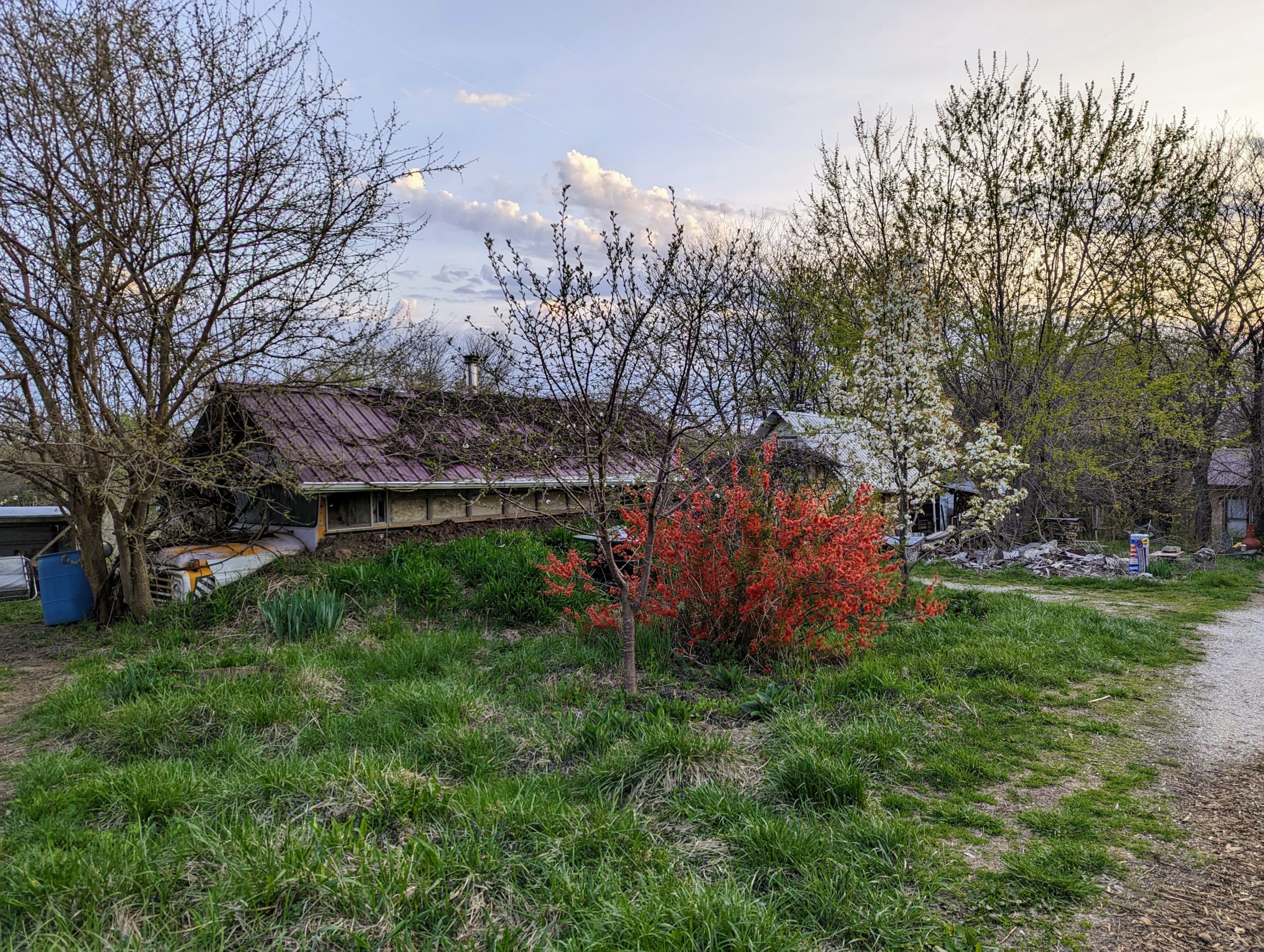
Sometimes I wonder why I was born into this body. A body that sits on a soft bed on soft ground in a soft, owl-kissed night. A body that is not starving; not being hunted, or hounded, or haunted. Not huddling, or hurting, or hunching over in lost hope. One day I too may know these things, but tonight the possibility seems unjustly small. Why am I in this body? This place, this time, this nation, this ineffable series of events that leads me to be here and not there–not anywhere else? I do not know.
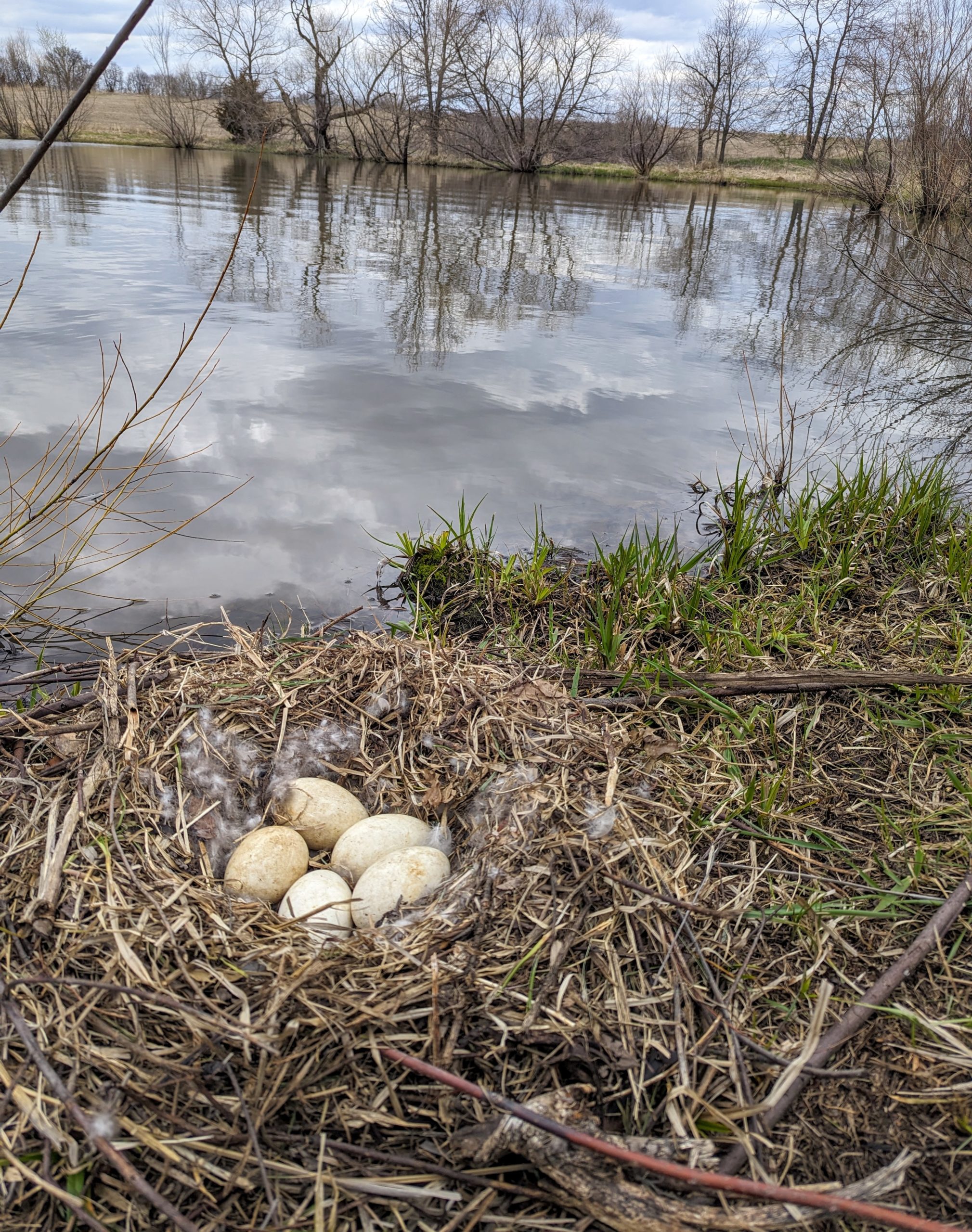
Lost in not knowing, I go out to harvest nettles, mushrooms, onions, and garlic grass for soup. I clip mustard greens, sorel, dandelion, and plantain for salad. I gather young maple seedlings so their little pods can burst between my friends’ teeth like springtime. The land is rich with food because people have tended it with care. The land is rich with food because for 25 years it has been loved. Many people believe that abandoning land is the best way to show it love because we humans destroy everything we touch. I too used to hold this belief like a hot coal in the palm of my hand, even if it meant burning myself, my species, and the bridge that connected me to the rest of creation.
For me, this is no longer the case. For me, I must hold in some sacred, secret part of myself the belief that destruction is not the only path we can walk.
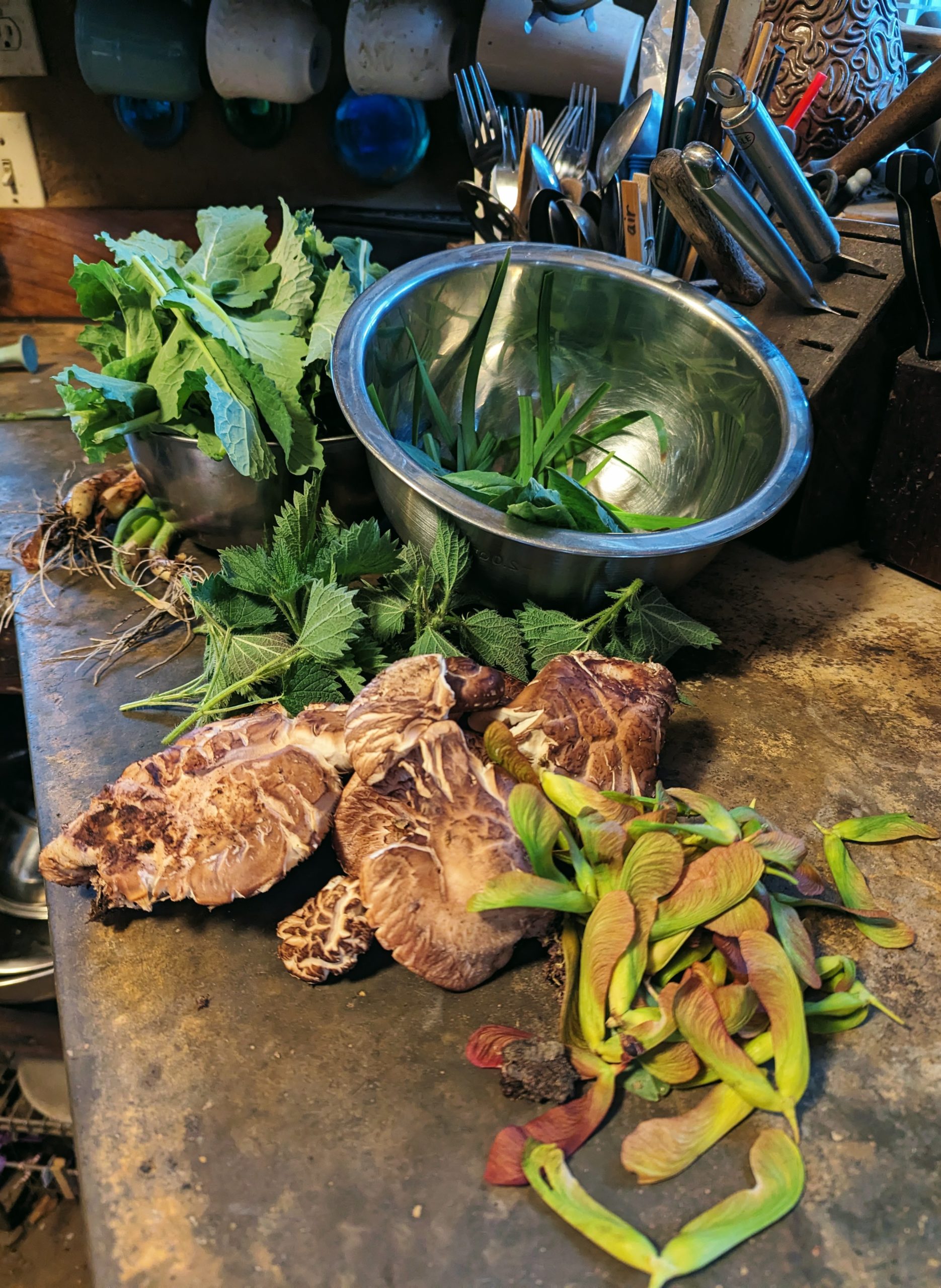
I turn to the land. Land that was overfarmed until it would hardly support crops. Land that early Rabbits were warned “wasn’t worth very much.” Land where most tree trunks could be enclosed by my index finger and thumb. I see what it has become, not despite humans but because of them: a place of woodlands and prairies, a place alive with animal song, a sanctuary of life because humans chose to re-enter into a care-based relationship with the land and re-establish a responsibility many have forgotten and repressed. With enough time the land has come to respond with generosity and love. A hot coal sears everything around it, but a cooled one can be placed in the earth as a prayer. May whatever good is generated by small acts of regeneration radiate out to be of benefit in difficult times.
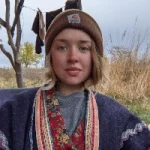
Emeshe Amade is co-lead link of Dancing Rabbit Ecovillage’s nonprofit, the Center for Sustainable and Cooperative Culture.
